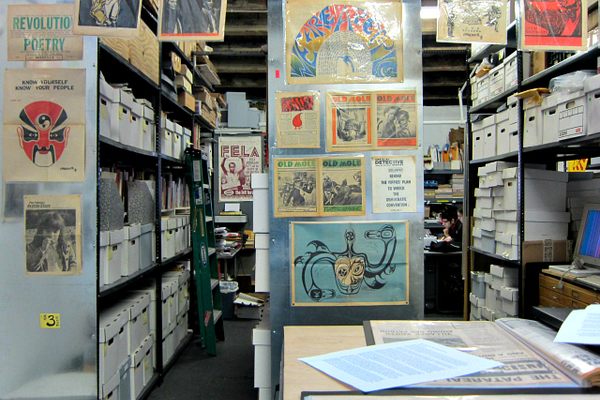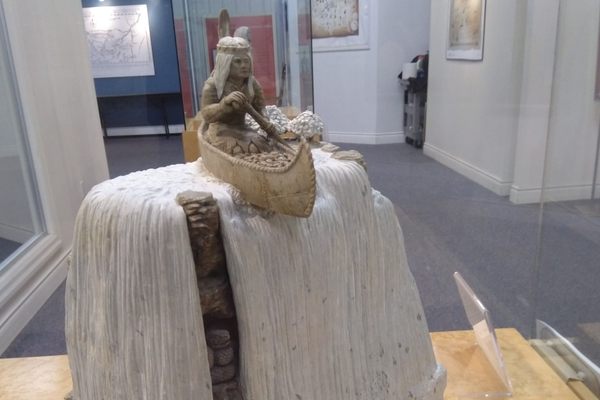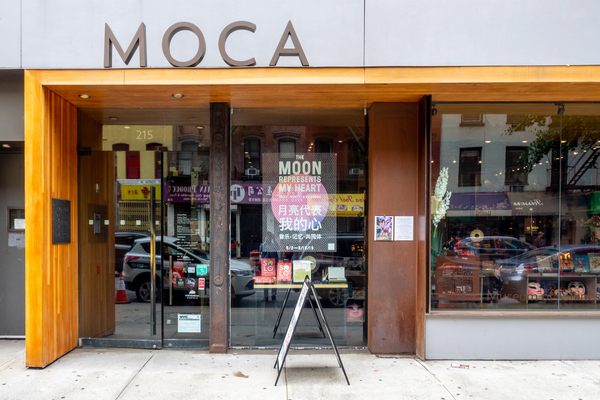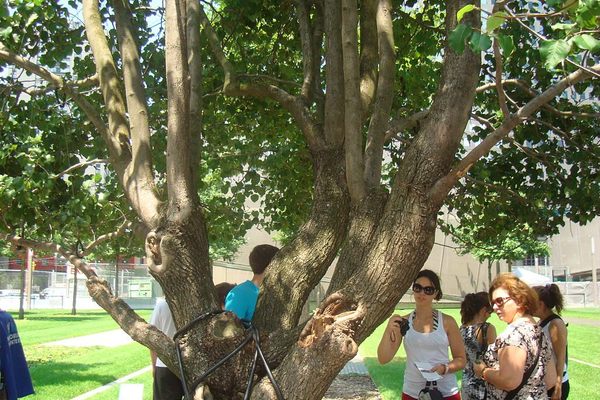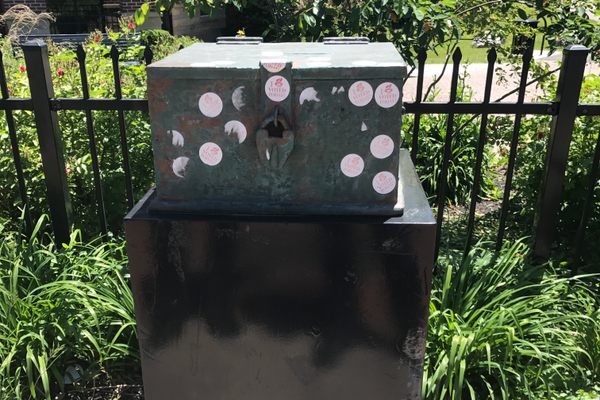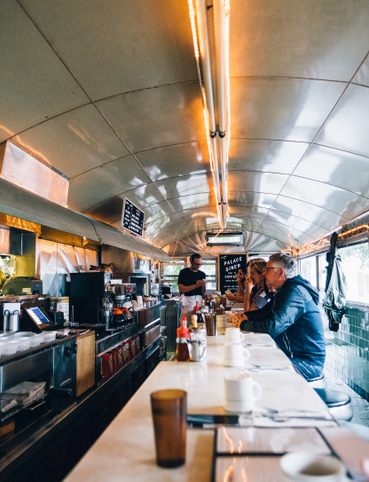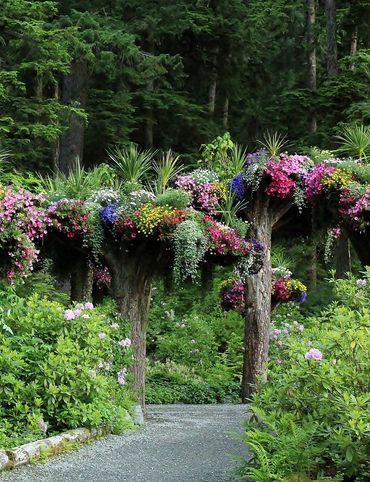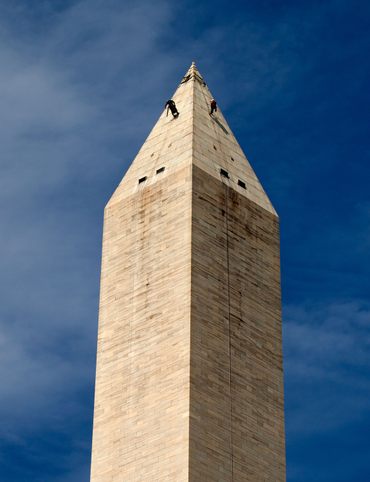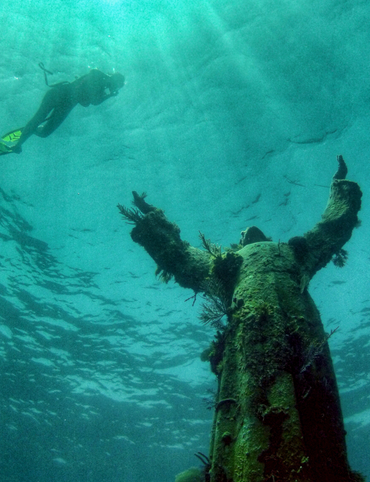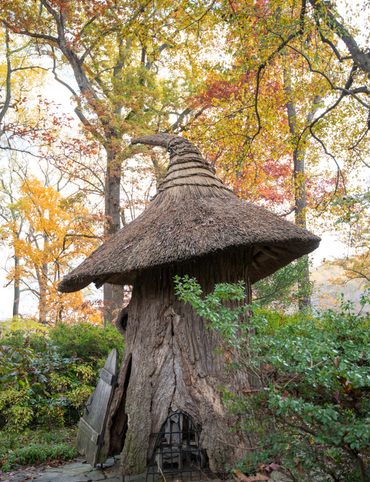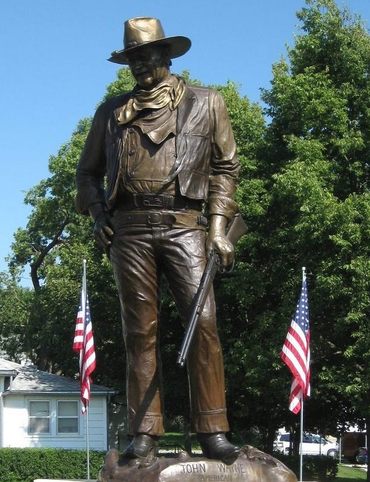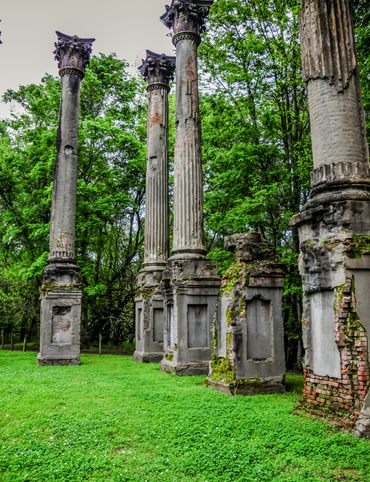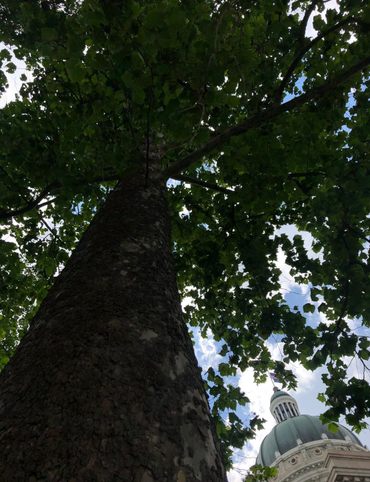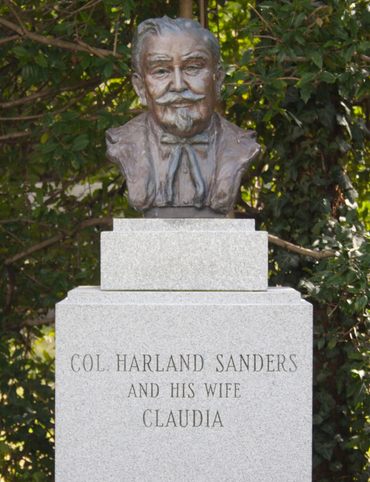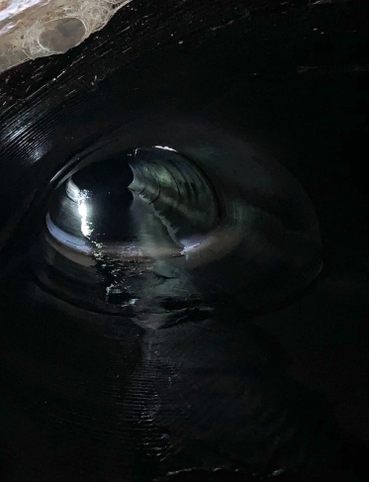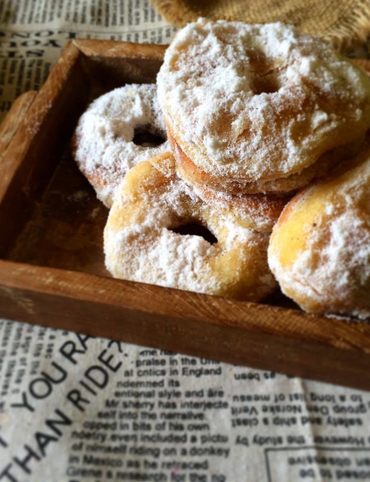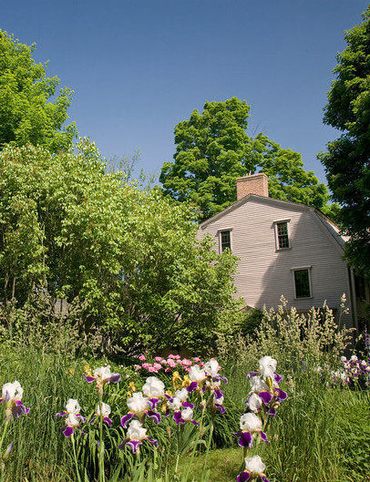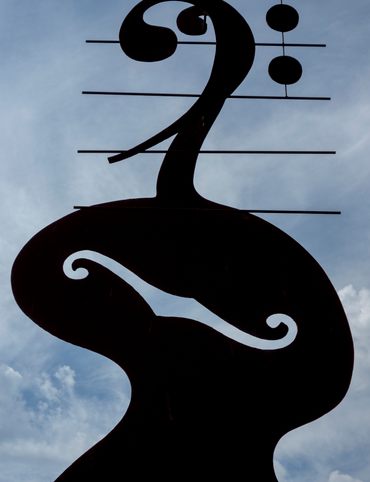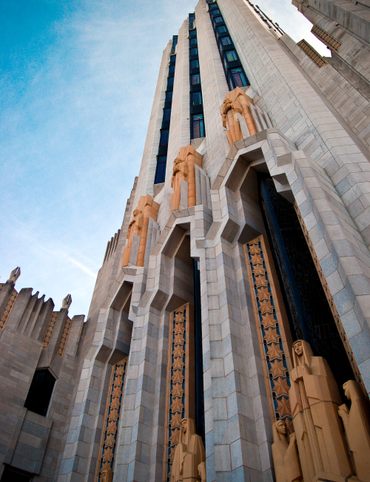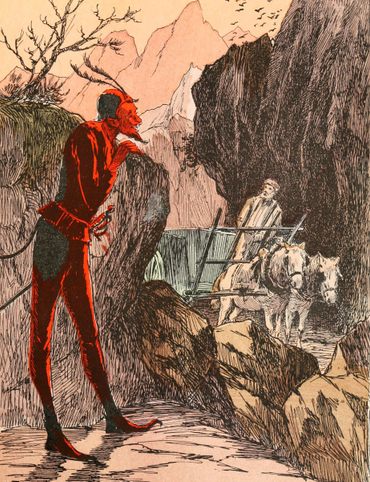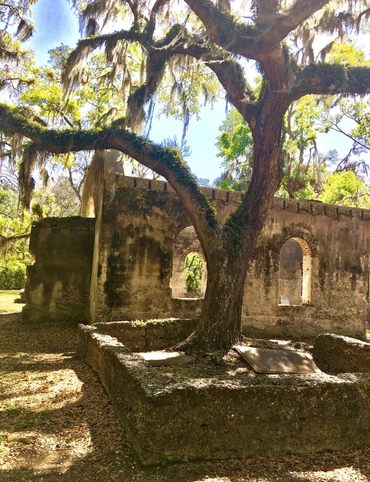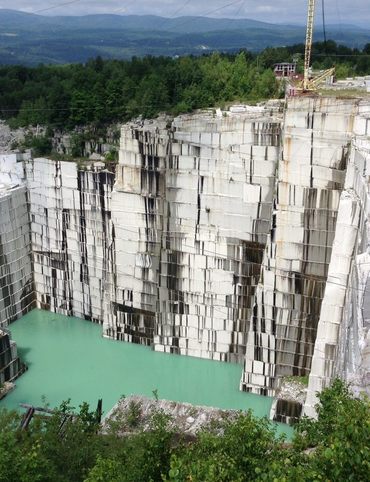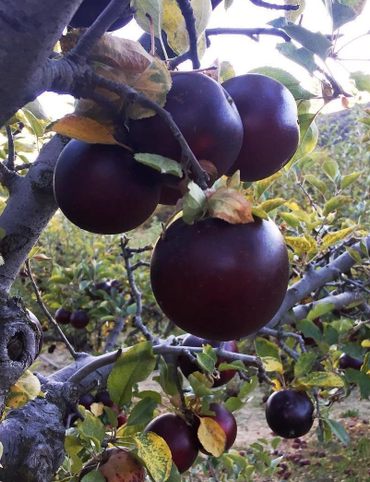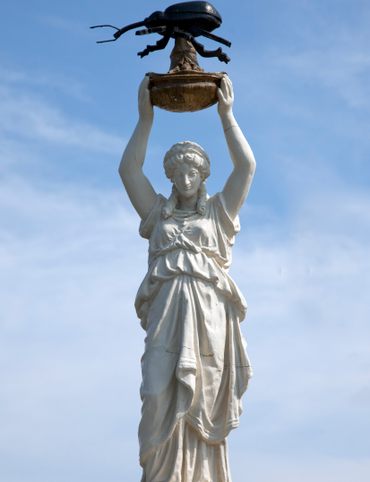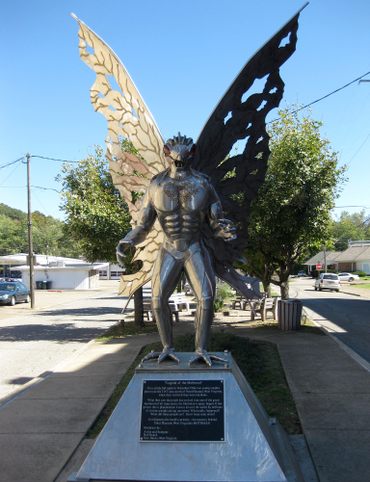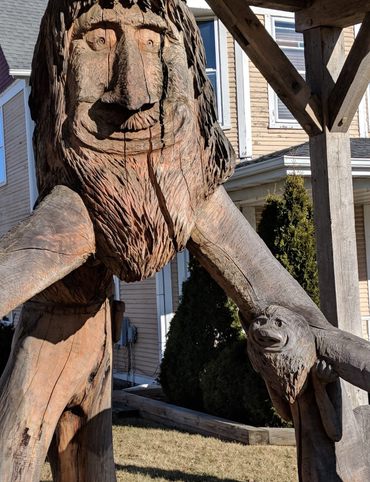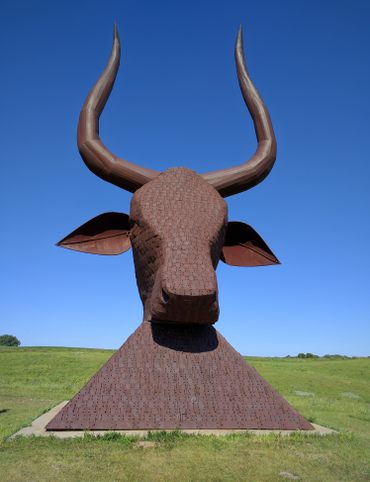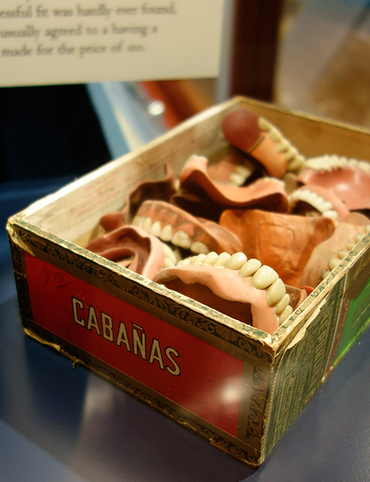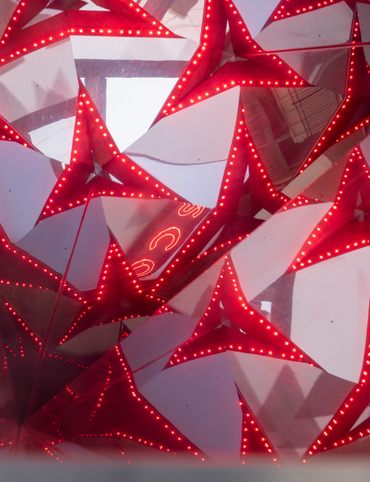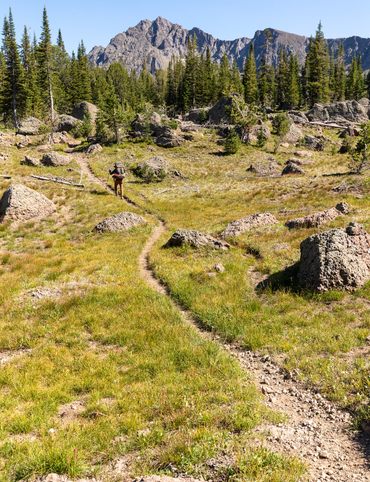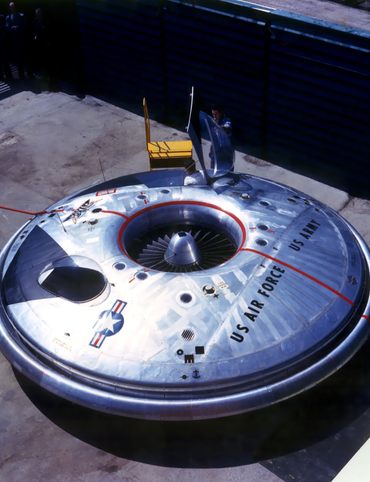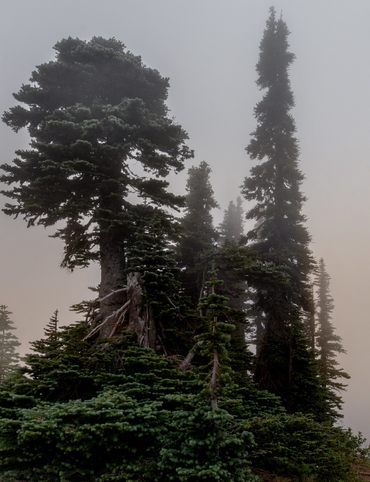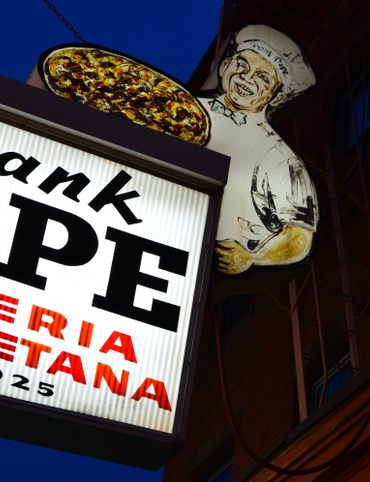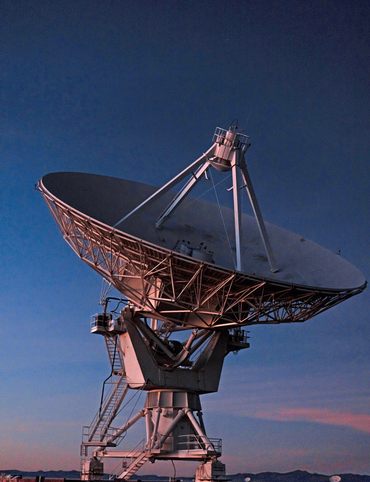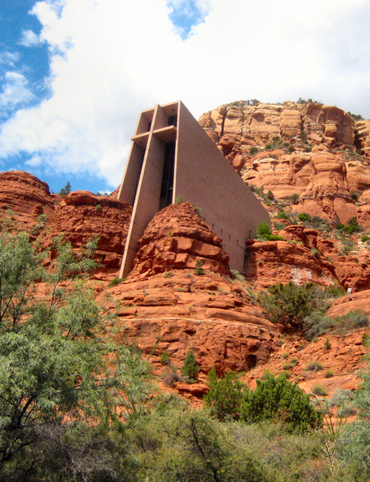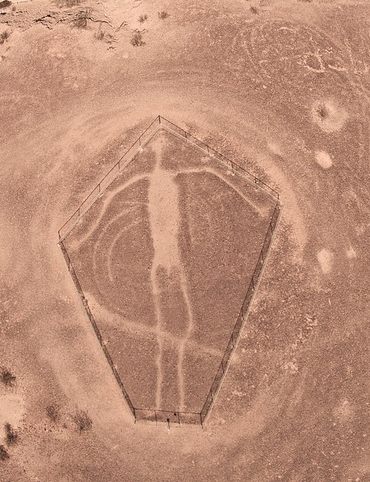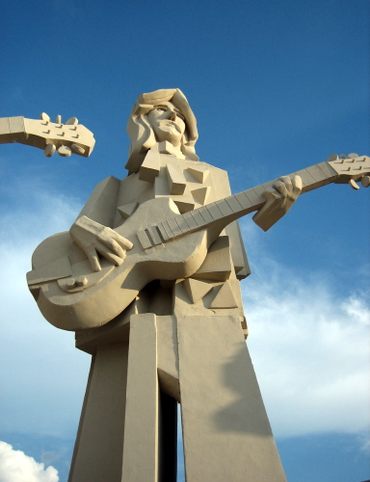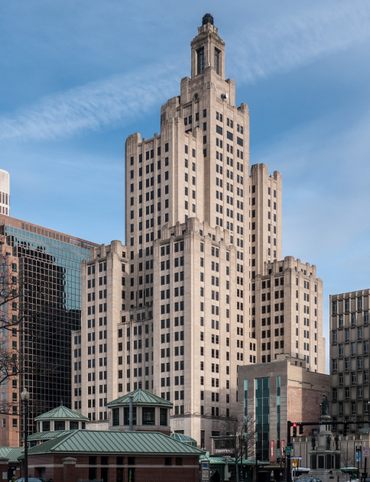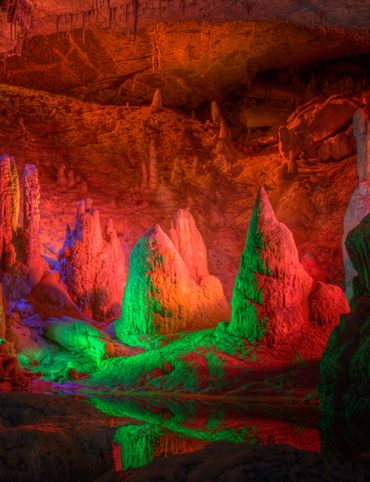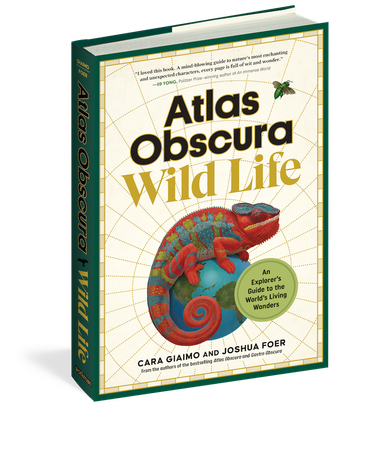50 States of Wonder
The Resilience of New York in 10 Remarkable Sites
New York has been described as a playground for the rich and powerful, but the state's history is full of ordinary people who have overcome extraordinary struggles. What if Seneca Falls, the village that launched the fight for women's suffrage, were as famous as Niagara Falls? What if Weeksville, the historic free Black community in Brooklyn, were as well-known as Williamsburg? From immigrant sanctuaries to the Survivor Tree, here are sites where New York has shown its resilience.
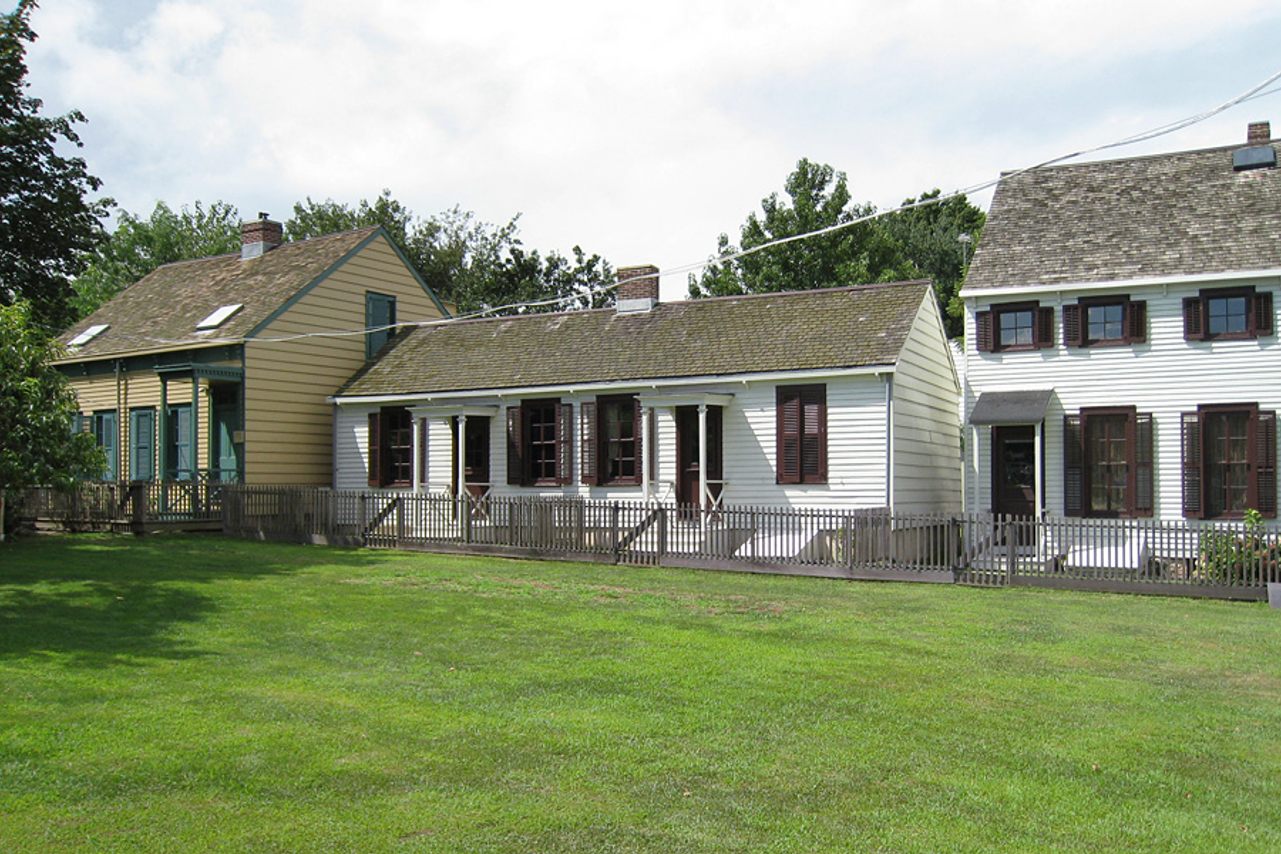
1. Weeksville Heritage Center
Weeksville Heritage Center is home to a small stretch of historic houses that were once part of the Weeksville community, one of America’s first free Black enclaves. Despite its historical significance, the village was nearly forgotten until the 1960s. The Lefferts family was among the biggest landowners and enslavers in Kings County by the time slavery was abolished in New York in 1827. Shortly thereafter, they began selling off parcels of land. One buyer was the prominent abolitionist Henry C. Thompson, who bought up plenty of property to sell to fellow African Americans. He sold two plots to Longshoreman John Weeks, who built himself a house and began to form the community of Weeksville.
By the 1850s, Weeksville had a population of more than 500 people, as well as its own churches, schools, and businesses. Despite its success—and even though it had been home to several important figures, including Dr. Susan Smith McKinney, the state’s first African American female doctor, and New York’s first African American police officer—Weeksville’s influence and legacy faded as Brooklyn developed around it. Only in the 1960s did researchers document the remnants of the neighborhood and start an effort to protect and restore the historic homes. In 2014, a modern community center opened to ensure that the story of Weeksville would never be forgotten again. (Read more.)
158 Buffalo Ave, Brooklyn, NY 11213
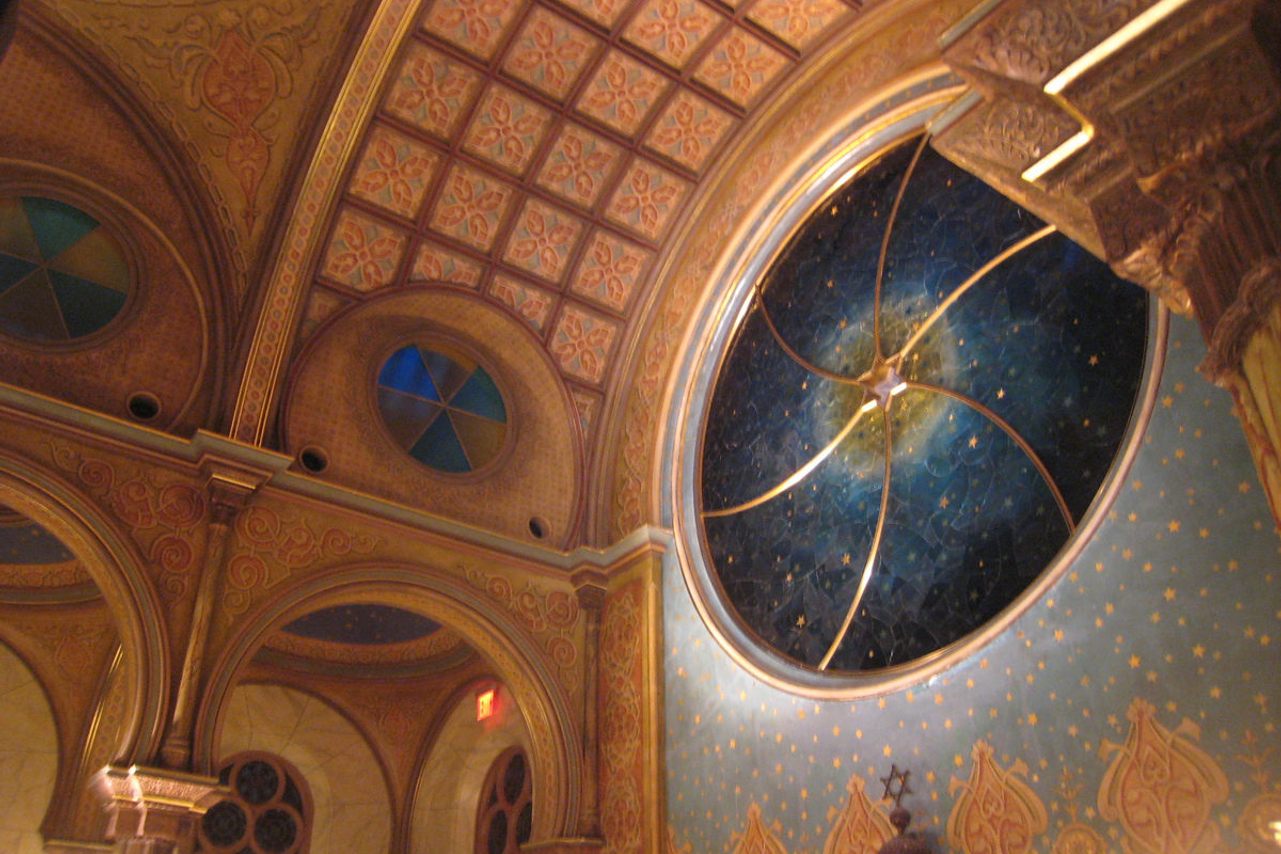
2. Museum at Eldridge Street Synagogue
Between 1881 and 1924, over 2.5 million Eastern European Jews immigrated to the United States. By the turn of the century, New York's Lower East Side was known both as the “Jewish Plymouth Rock” and the most crowded place on Earth. Built in 1887, the Eldridge Street Synagogue was America’s first great house of worship built by Eastern European Jews, providing a space of sanctuary for the immigrants of crowded Lower East Side tenements.
Designed by the architects Peter & Francis Herter, the synagogue featured 67 stained glass windows, Stars of David on the outside facade, and an exuberant interior with soaring ceilings. For 50 years, the synagogue flourished, but following World War II, many Lower East Siders left for the suburbs. In the 1980s, after decades of neglect, a New York University professor rediscovered the sealed sanctuary and established the Eldridge Street Project, a precursor to the Museum at Eldridge Street. The project paved the way for a 20-year, $20 million restoration. Today, the museum welcomes visitors from around the world, and a small group of Orthodox Jews uses the space for worship. (Read more.)
12 Eldridge St, New York, NY 10002

3. Interference Archive
The Interference Archive is a volunteer-run library dedicated to exploring five decades of activism history. Located in Gowanus, Brooklyn, and open to everyone, the archive opened in December 2011 and originated with the personal collections of founders Dara Greenwald and Josh MacPhee, who had large amounts of materials on the activism and punk rock subcultures of the 1980s and ’90s. It has since expanded into an extensive library of thousands of posters, zines, books, comics, signs, and other ephemera, as well as T-shirts and buttons from causes both national and international. The library holds such social movement ephemera as posters made by students from China, prints made by queer and feminist movements in Poland and Cuba, and signs calling for liberation from countries in the Global South. (Read more.)
314 7th St, Brooklyn, NY 11215
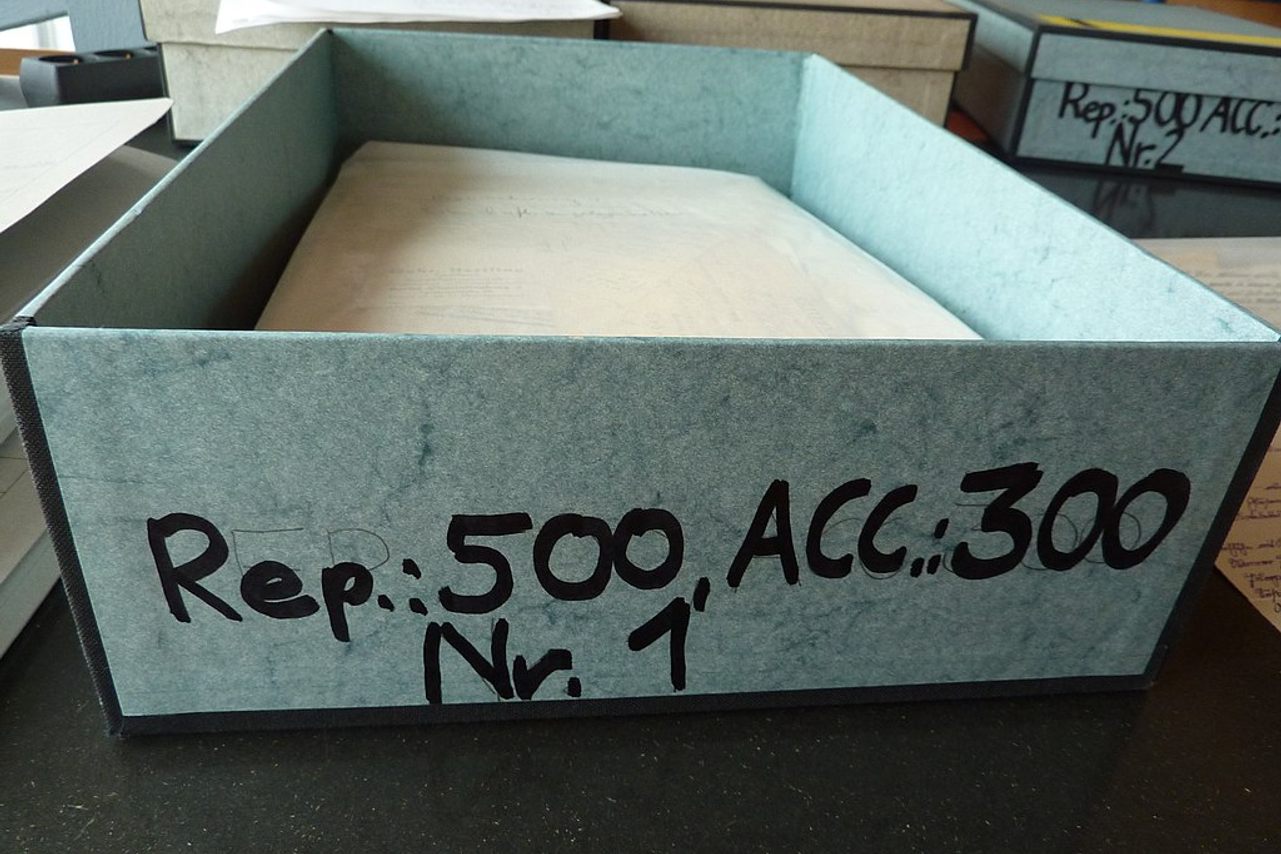
4. Lesbian Herstory Archives
In a limestone townhouse in Brooklyn’s Park Slope neighborhood is the largest collection of items relating to lesbian history—or herstory—in the world. The Lesbian Herstory Archives has its roots in the gay liberation movement of the 1960s and ’70s. A group of women involved in the Gay Academic Union, at the City University of New York, started their own group out of concerns about sexism within the GAU. The women, which included Joan Nestle and Deborah Edel, were also concerned about how difficult it was to get any information about lesbian history through traditional academic channels. In 1974, they published a press release to established lesbian organizations announcing their efforts to create a comprehensive lesbian archive. It initially resided in Nestle’s apartment on West 92nd Street in Manhattan, but in 1993, the Lesbian Herstory Archives officially opened in its much larger Brooklyn home. Digitized materials can be found online, preserved in the spirit of the archives’s motto: “In memory of the voices we have lost.” (Read more.)
484 14th St, Brooklyn, NY 11215
5. Native American Museum of Art
This remarkable art museum is easy to miss: It sits smack-dab in the middle of Smokin' Joe's Trading Post, a Native-owned pit stop on the Tuscarora Nation Reservation, about 10 minutes from downtown Niagara Falls. NAMA was founded in 2000 by members of the Tuscarora Nation, part of the Haudenosaunee (or Iroquois Confederacy of Six Nations) that once inhabited much of present-day New York. Inside, you'll find reproductions of maps tracing the bounds of the Haudenosaunee peoples, mapping their original lands before forced resettlement. There is also a fine-art collection of sculpture, paintings, and rare antiques, including soapstone carvings by the renowned Tuscarora artist Joseph Jacobs. (Read more.)
2293 Saunders Settlement Rd, Sanborn, NY 14132

6. Museum of Chinese in America
The Museum of Chinese in America is nestled—almost tucked away completely—in the heart of Chinatown. Founded by Charles Lai and Jack Tchen and beautifully designed by Maya Lin, MOCA is just one floor of exhibition space, but it’s packed with history.
The core exhibition, With a Single Step, is a timeline that starts as early as 1400. The highlights include the realistic recreation of an old Chinese general store, a mock television set that is motion-activated (and comes with a comfy arm chair), and “core portraits,” which are personal narratives of the Chinese immigrant and Chinese-American experience. It is highly interactive, with pull-out maps and a dragon head you can deposit a wish into, making it kid-friendly while maintaining a sophisticated approach to preserving Chinese history. (Read more.)
215 Centre St, New York, NY 10013

7. Survivor Tree
In October 2001, recovery workers sifting through the rubble of the World Trade Center uncovered the remains of a Callery pear tree. Twisted and broken, its roots snapped and branches burnt, the workers nonetheless decided to pull the tree from Ground Zero, beginning its remarkable recovery. The New York City Department of Parks and Recreation sent it to the Arthur Ross Nursery in Van Cortlandt Park in the Bronx for specialist care. It was replanted in the Bronx on November 11, 2001, and in 2010, the tree was replanted at Ground Zero as part of the National September 11 Memorial & Museum. It is often the first plant to bloom in the area each year. Since 2013, tree scientists have propagated some 450 descendants of the original tree, and saplings have journeyed to Boston, San Bernardino, Orlando, and Paris, France. (Read more.)
911 Greenwich St, New York, NY 10006
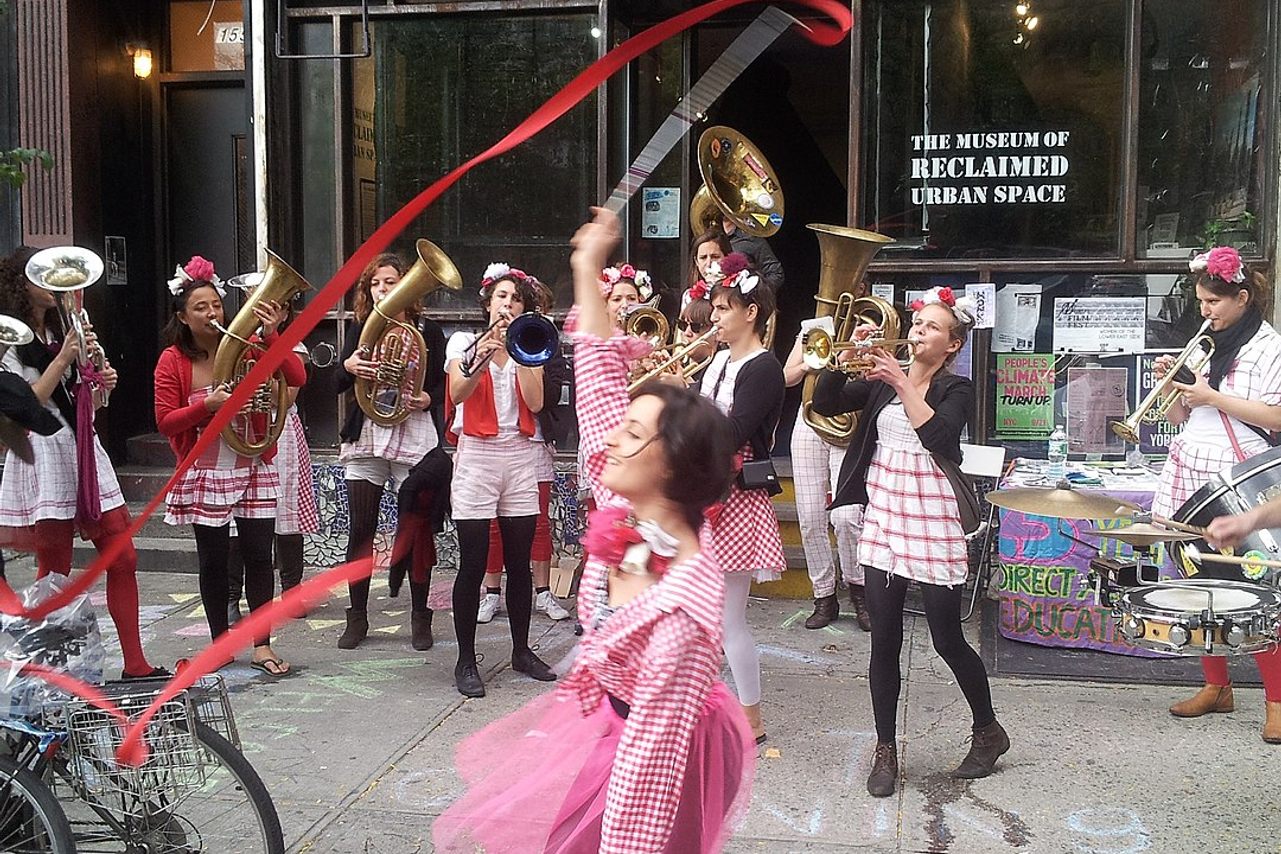
8. Museum of Reclaimed Urban Space
The mission of the Museum of Reclaimed Urban Space (MoRUS) is to preserve history and promote scholarship by archiving material about the grassroots efforts that have created community spaces.
In the 1950s and ’60s, as wealthy New York City residents started moving to the suburbs, property values plummeted across the city, and the Lower East Side was hit hard. Landlords collected rent on dilapidated properties until the city repossessed thousands of them. Whole neighborhoods were left abandoned and decaying. In the late ’60s, struggling artists, punks, anarchists, and activists saw an opportunity to reclaim these spaces. They transformed tenements into livable spaces, abandoned schools into community centers, and plots of rubble into community gardens. Decades later, property values rose again, and many residents were pushed out. But about a dozen squats became legal co-ops, and many of the gardens are still an essential part of the neighborhood today. (Read more.)
155 Loisaida Ave, New York, NY 10009
9. 1872 Monument
On Election Day in 1872, Susan B. Anthony led a group of women from her home on Madison Street in Rochester, New York, to a barber shop on West Main Street to vote, despite the fact that women were not legally allowed to do so. When she arrived, the men running the polling place were reluctant to break the law for her, but she and 14 other women managed to cast ballots. Anthony was later arrested, tried, convicted, and fined for voting. (She refused to pay.) Today, where the polling place once stood, there is a bronze sculpture of a locked ballot box flanked by two pillars that represent the barbershop.
Dubbed the 1872 Monument, it was dedicated in August 2009, on the 89th anniversary of the 19th Amendment, which gave women the right to vote. Leading away from the 1872 Monument is Susan B. Anthony Trail, which leads to Troup Street Park and runs beside the 1872 Café. The sculpture is the work of Pepsy Kettavong, who also created the nearby Let’s Have Tea sculpture of Anthony and Frederick Douglass, located down the street from Anthony’s house. (Read more.)
439 West Main St, Rochester, NY 14608
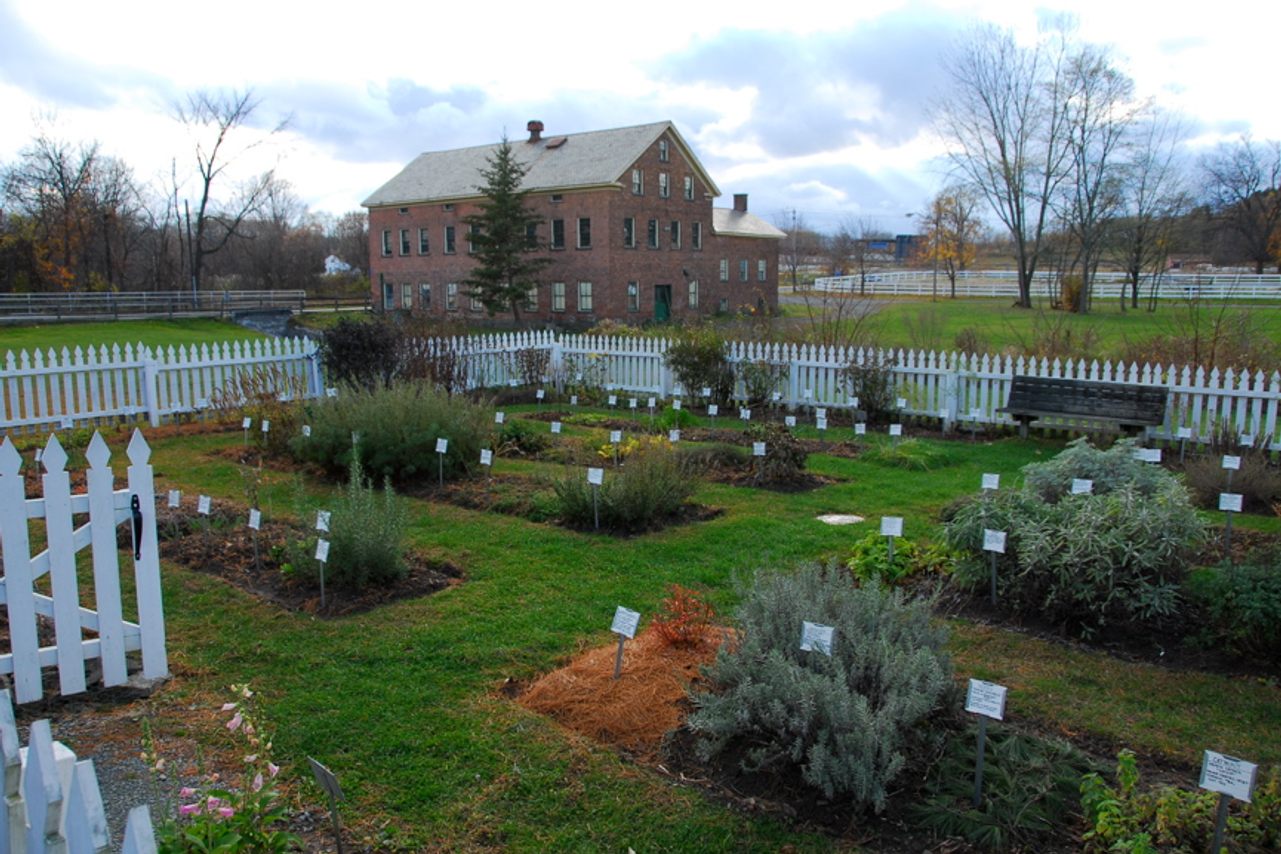
10. The First Shaker Village
Before dying at the hands of a hostile mob, Ann Lee, the founder of the Shakers, developed a religion based on pacifism, equality for men and women, celibacy, and a personal relationship to God exemplified by an ecstatic dancing or “shaking.” Lee is buried at Watervliet, the first Shaker village in the U.S., which is also home to a trove of Shaker architecture and artifacts. In addition to the large worship space, the Meeting House also includes a museum with examples of Shaker products, village artifacts, and interpretive displays. A short distance from the remaining complex is the Shaker cemetery. The last resident left the Watervliet site after selling what was left of the land to Albany County in 1936. Shakers went on to develop similar utopian communities in the United States in such states as Maine and Kentucky, and the last Shakers currently reside at the Sabbathday Lake settlement near New Gloucester, Maine. (Read more.)
25 Meeting House Rd, Albany, NY 12211


